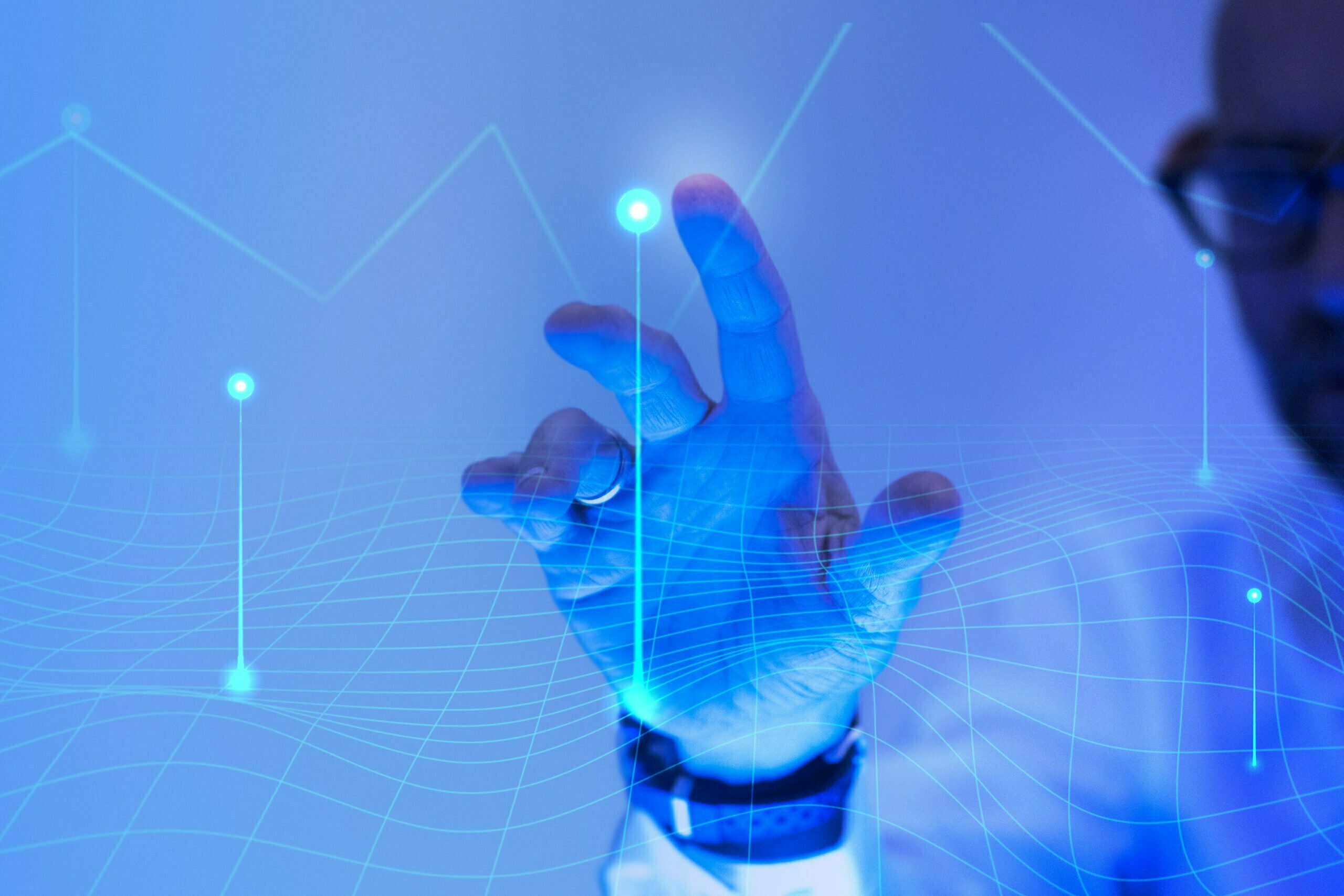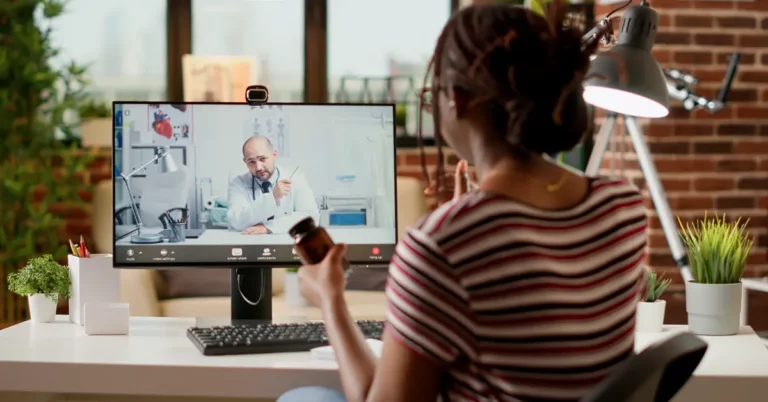The next-generation Remote Patient Monitoring holds the key to changing the healthcare system into one that works better for patients and providers alike, with its ability to expand treatment into the home for all patients, including high-risk and high-acuity patients, and deliver a data-first approach to healthcare.
What is Next-Generation Remote Patient Monitoring?
The widespread adoption of RPM devices and systems that use consumer wearables, smart home communication systems, and big data to produce holistic views tailored specifically for healthcare providers is emerging today. The pandemic has propelled telemedicine solutions forward by years, if not a decade or more, in the span of three to six months. This paves the way for remote patient monitoring to provide even more insight into patients than basic video conferencing can.
However, the next-generation remote monitoring is most likely look very different from anything that has come before. It evolved, enabling more sophisticated monitoring. In the past, RPM companies integrated software, hardware and user experience in one platform. Next-Generation RPM providers leverage advances in IoT, AI, and cloud computing to broaden the potential clinical applications of RPM.
Furthermore, changes in Medicare reimbursement and the implementation of value-based payment models have increased financial incentives for RPM. Of course, COVID-19 has further demonstrated the value and demand for home-based care management.
Here are the three important attributes of the Next-Generation RPM:
- Data-driven remote monitoring – Next-Gen RPM providers are those who see themselves as data companies rather than device companies. Monitoring devices are simply a way to collect health data from patients. Giving meaning to data is what truly adds value to providers, allowing them to better understand patient health at home. Gaining insight that can have a meaningful impact on care decisions necessitates more in-depth tracking of human health at home, especially with continuous data.
- Actionable insights – Providers should not be required to review individual data points, but rather should be provided with clear actionable insights. The next generation RPM platforms should serve as a call to action when a patient’s health is deteriorating, or, better yet, when there is a high probability of deterioration in the future, necessitating proactive treatment.
- Real-time data streaming – Obtaining high-quality, clinical-grade and real-time data is one of the most difficult challenges in providing remote care to higher-risk, higher-acuity patients, such as those with COPD, cancer, or diabetes. For these patients, health deterioration can occur quickly and have serious consequences. Whilst intermittent remote monitoring can be appropriate for lower risk populations, it takes more than a daily reading of blood pressure to safely manage healthy and higher risk patients in the home.
Takeaway
RPM will continue to evolve as health systems look for ways to improve their care delivery model, allowing them to meaningfully shift treatment outside of the hospital and change healthcare from a reactive to a proactive one.
For Next-Generation Remote Patient Monitoring, contact DrKumo Inc.








